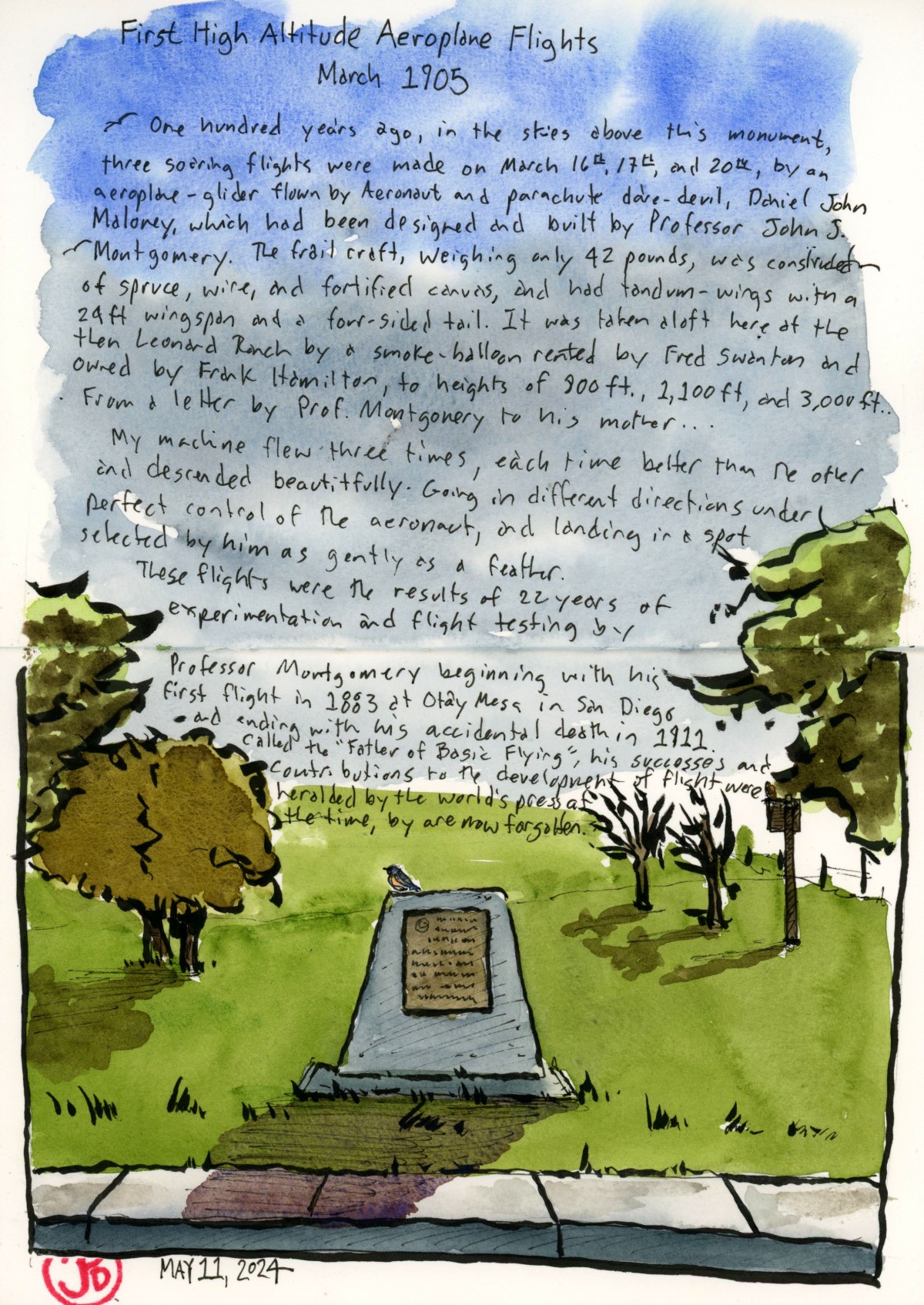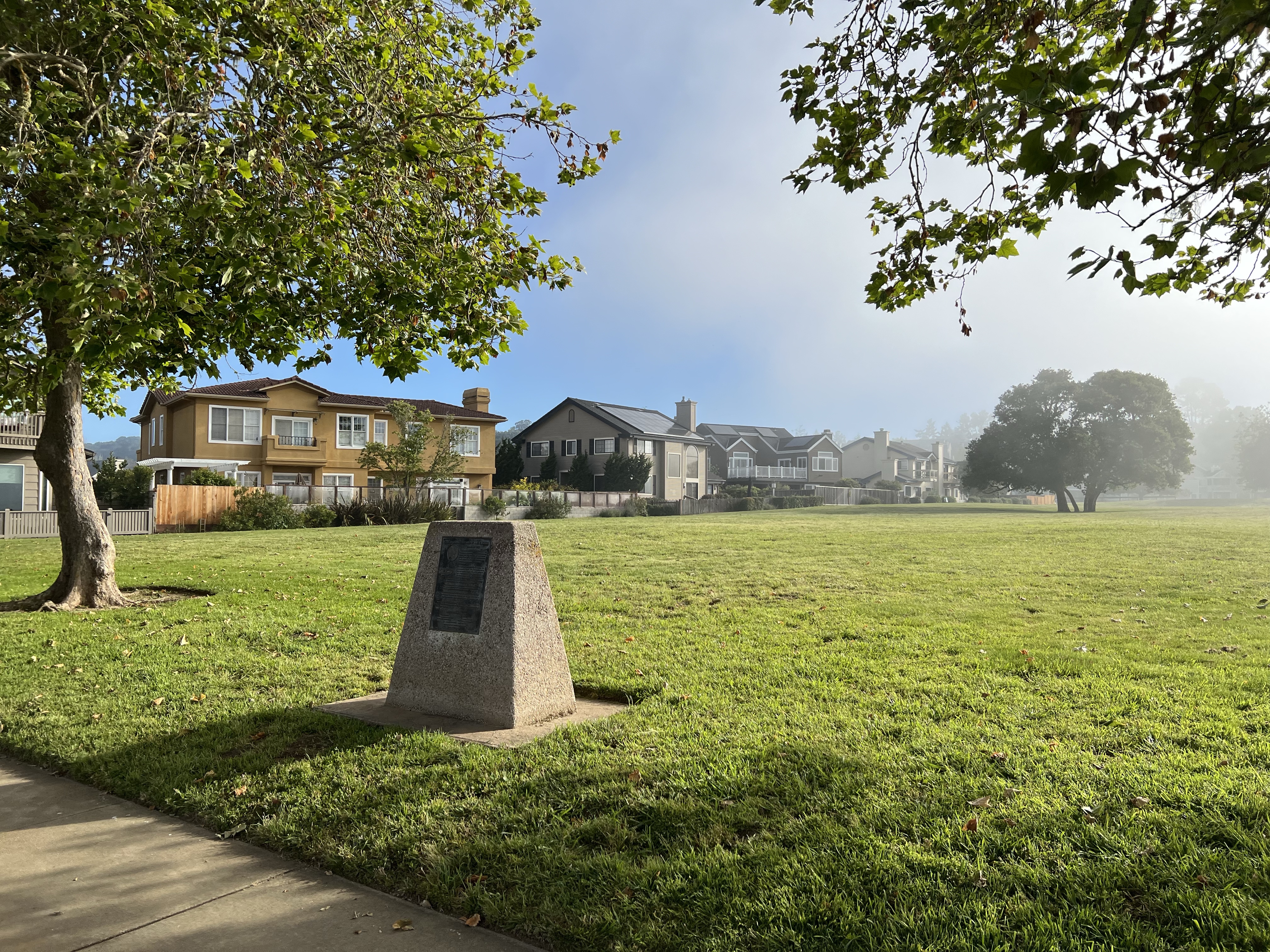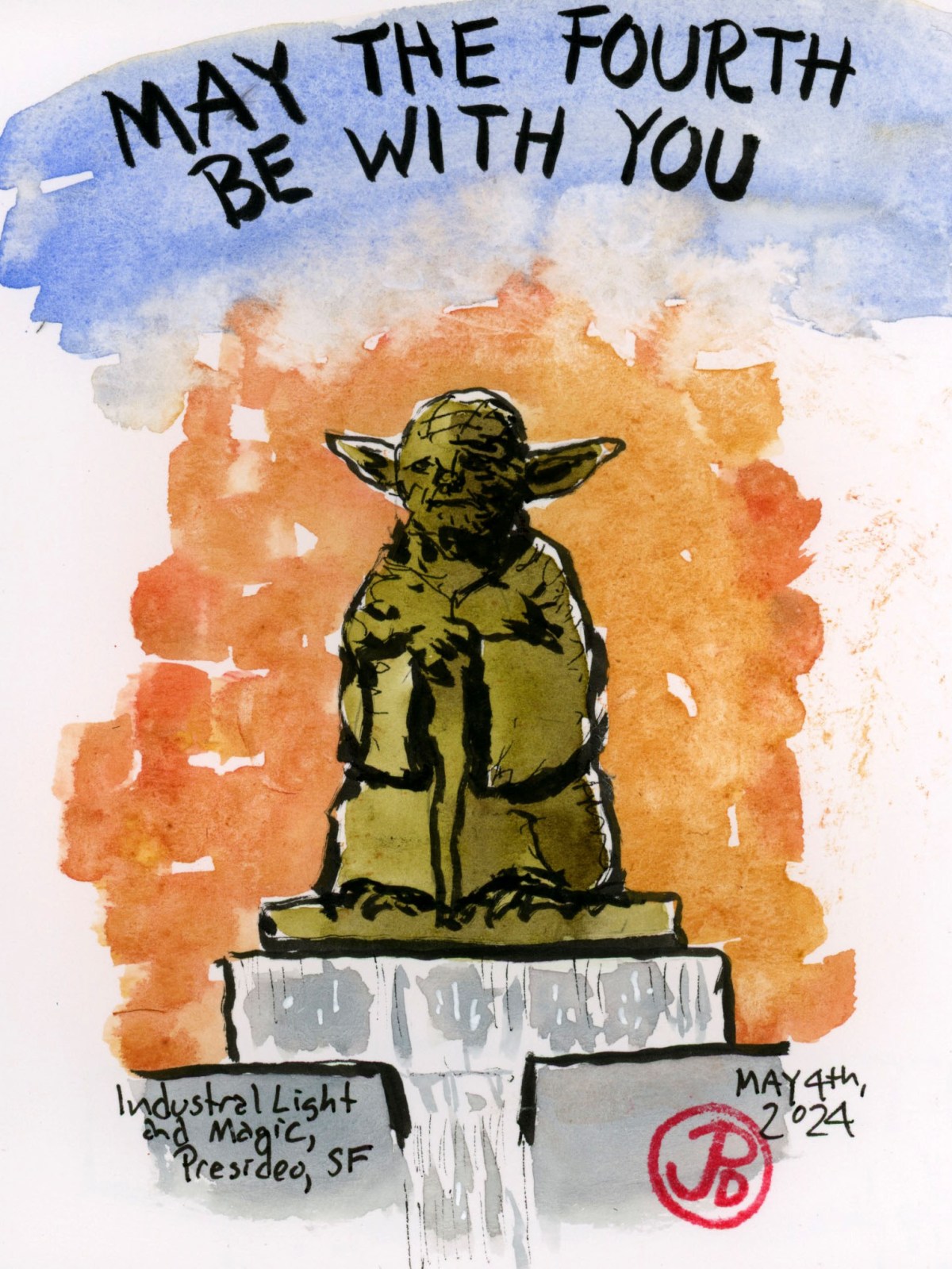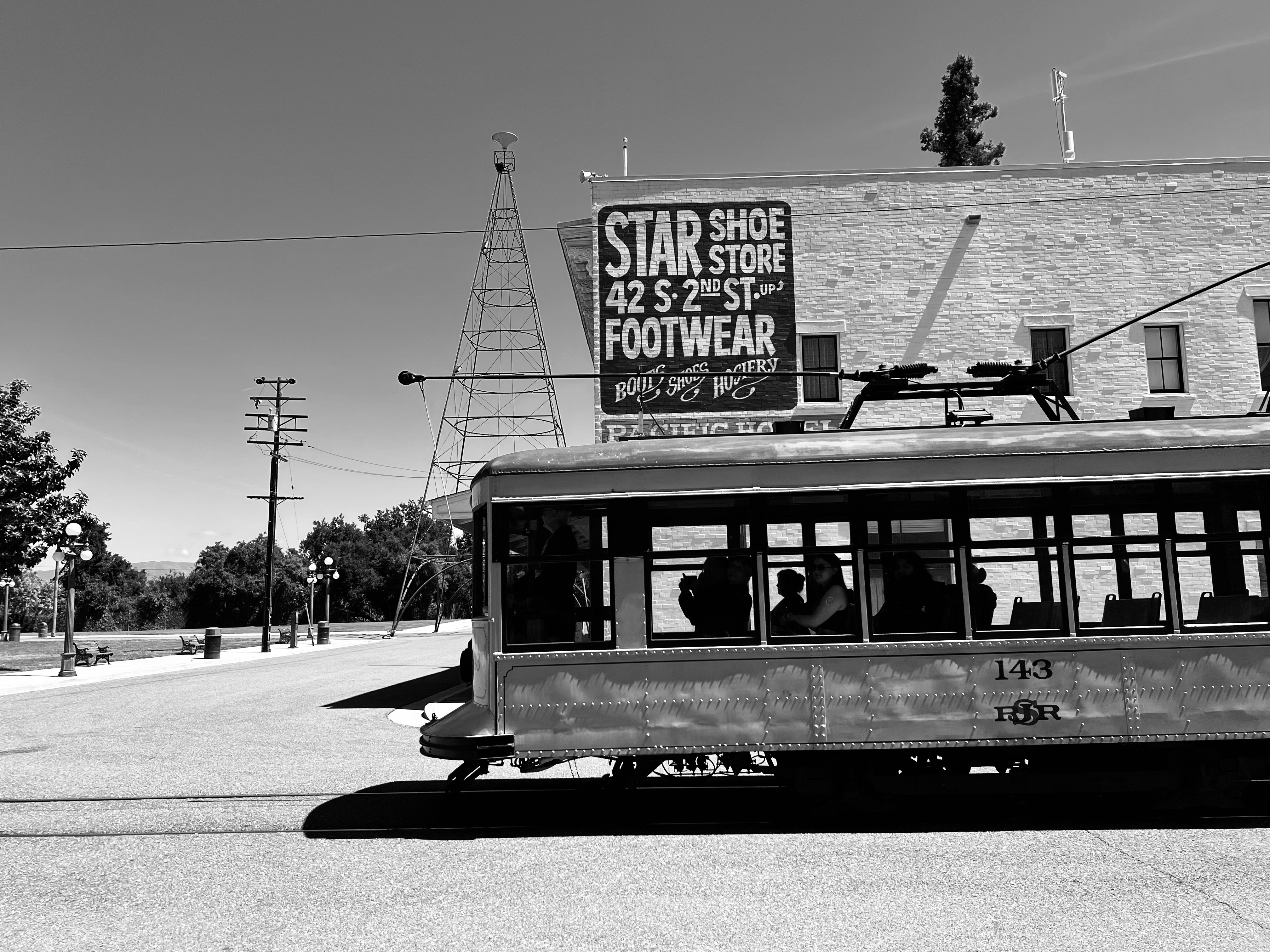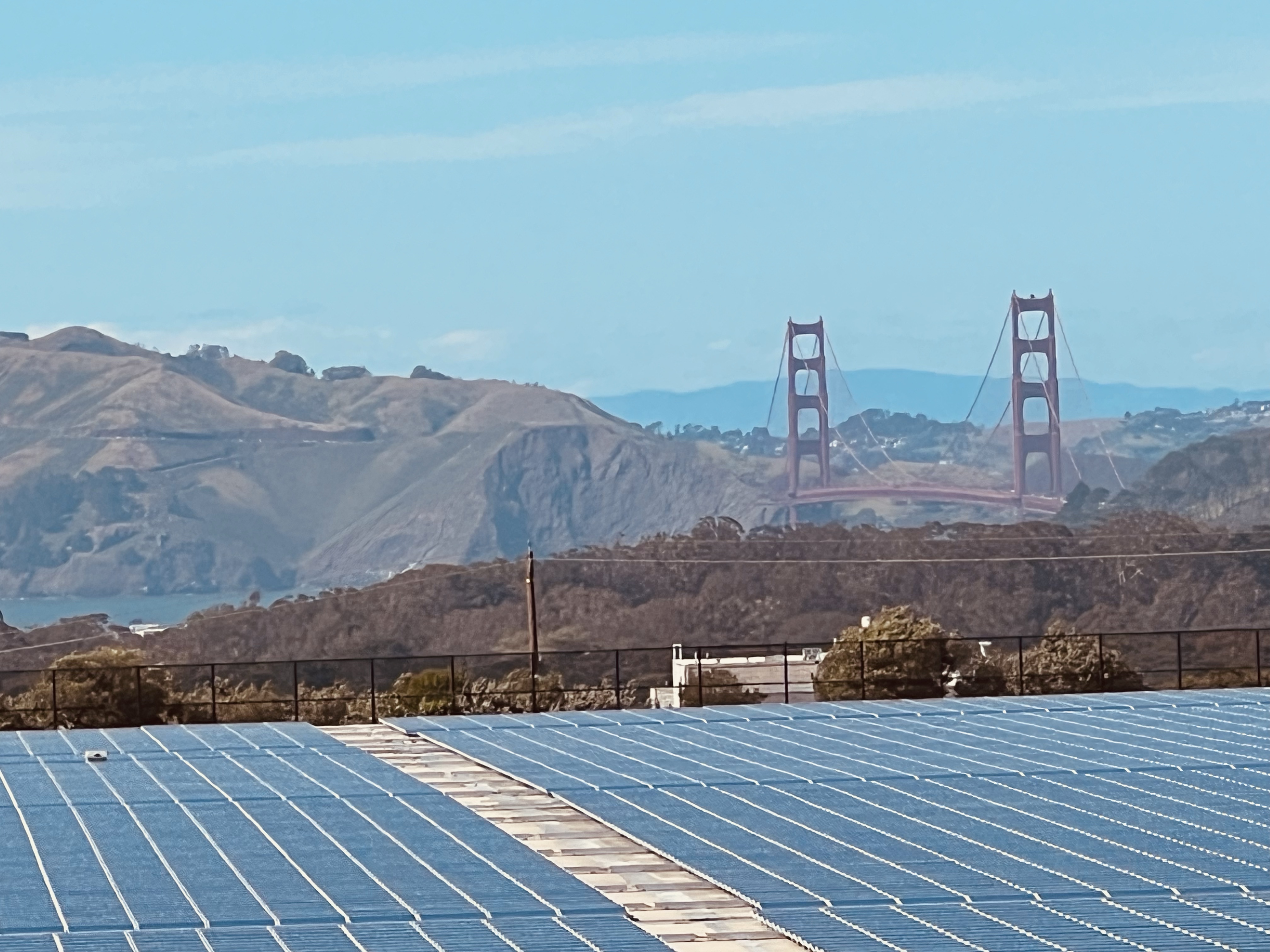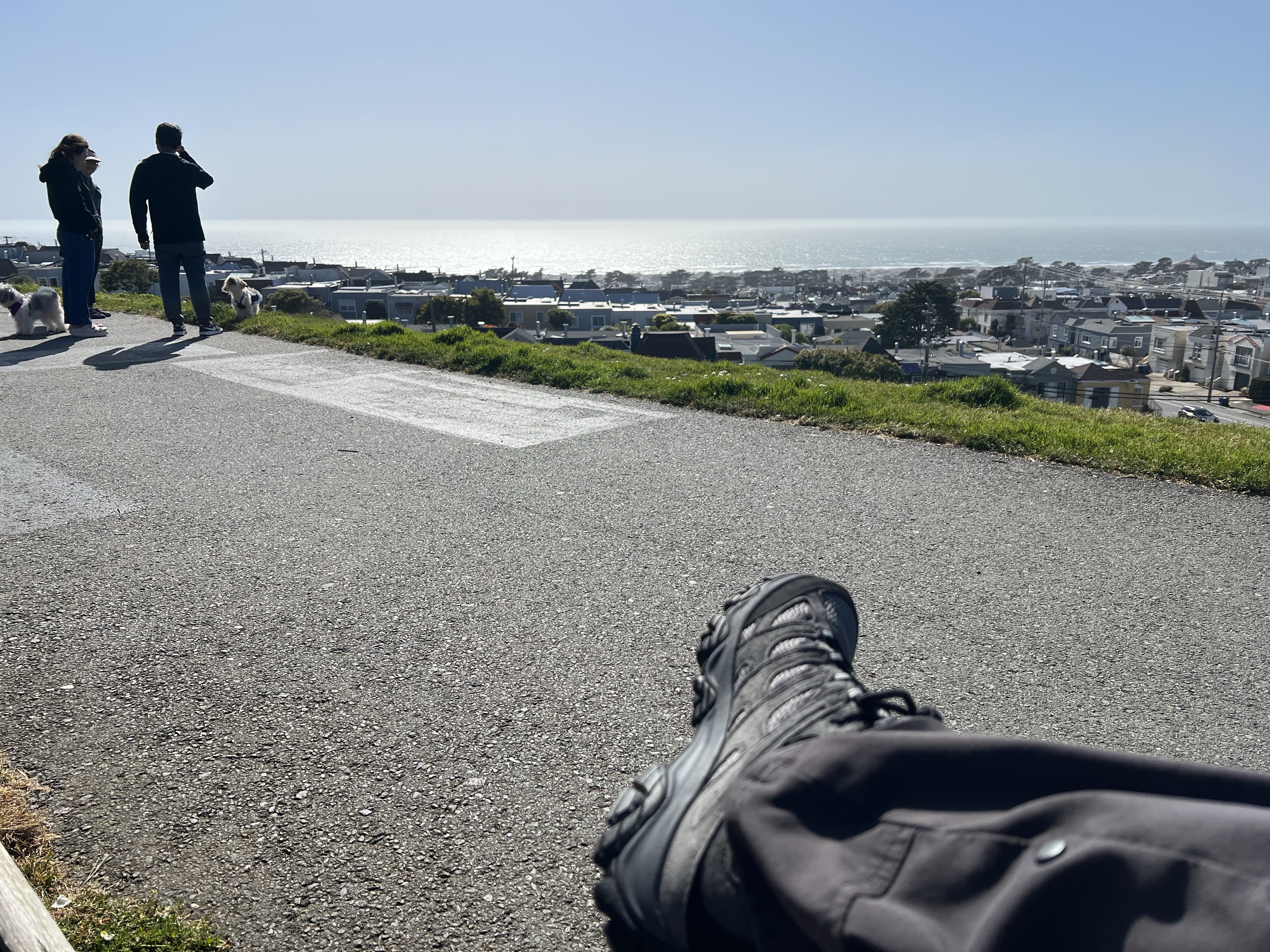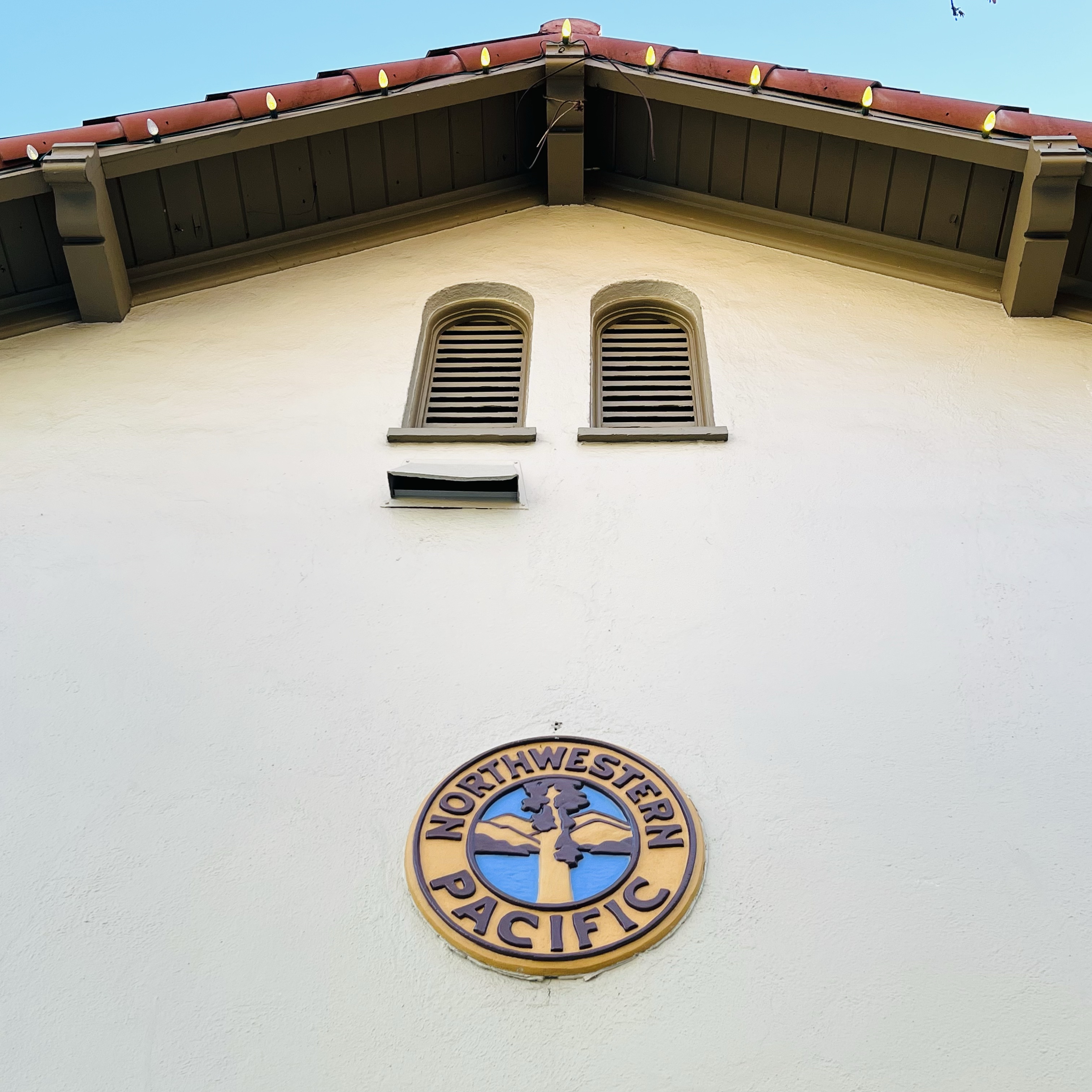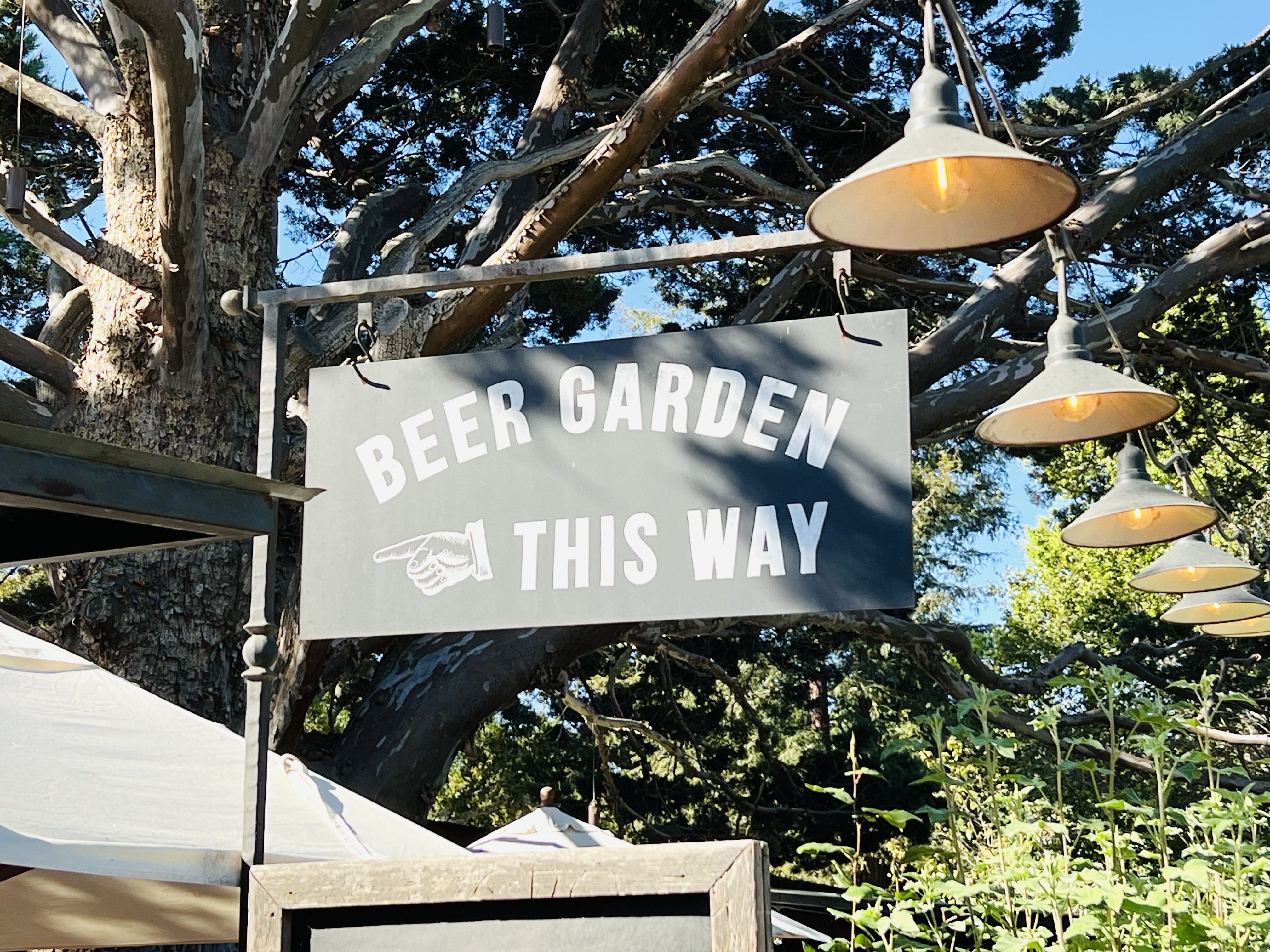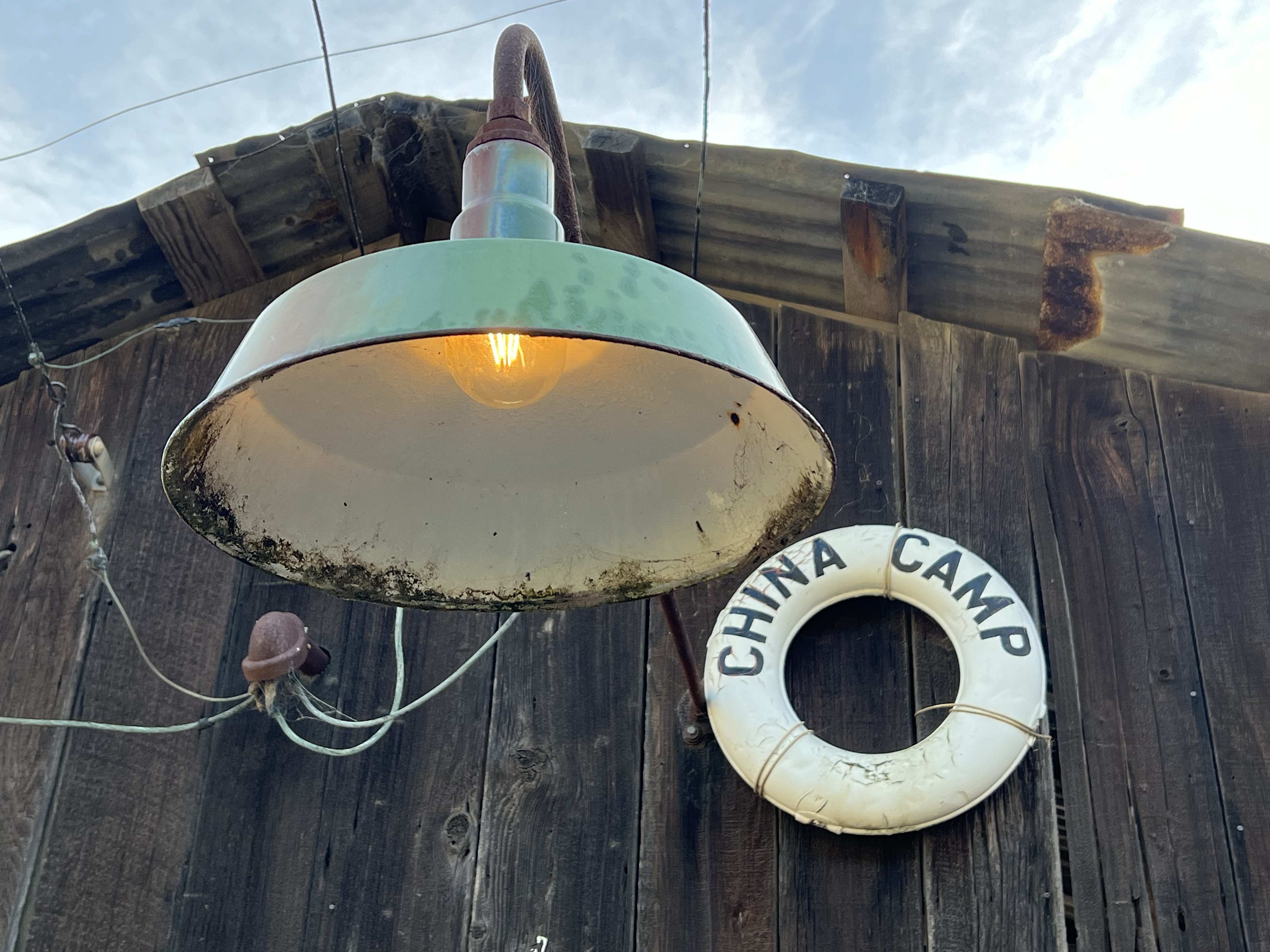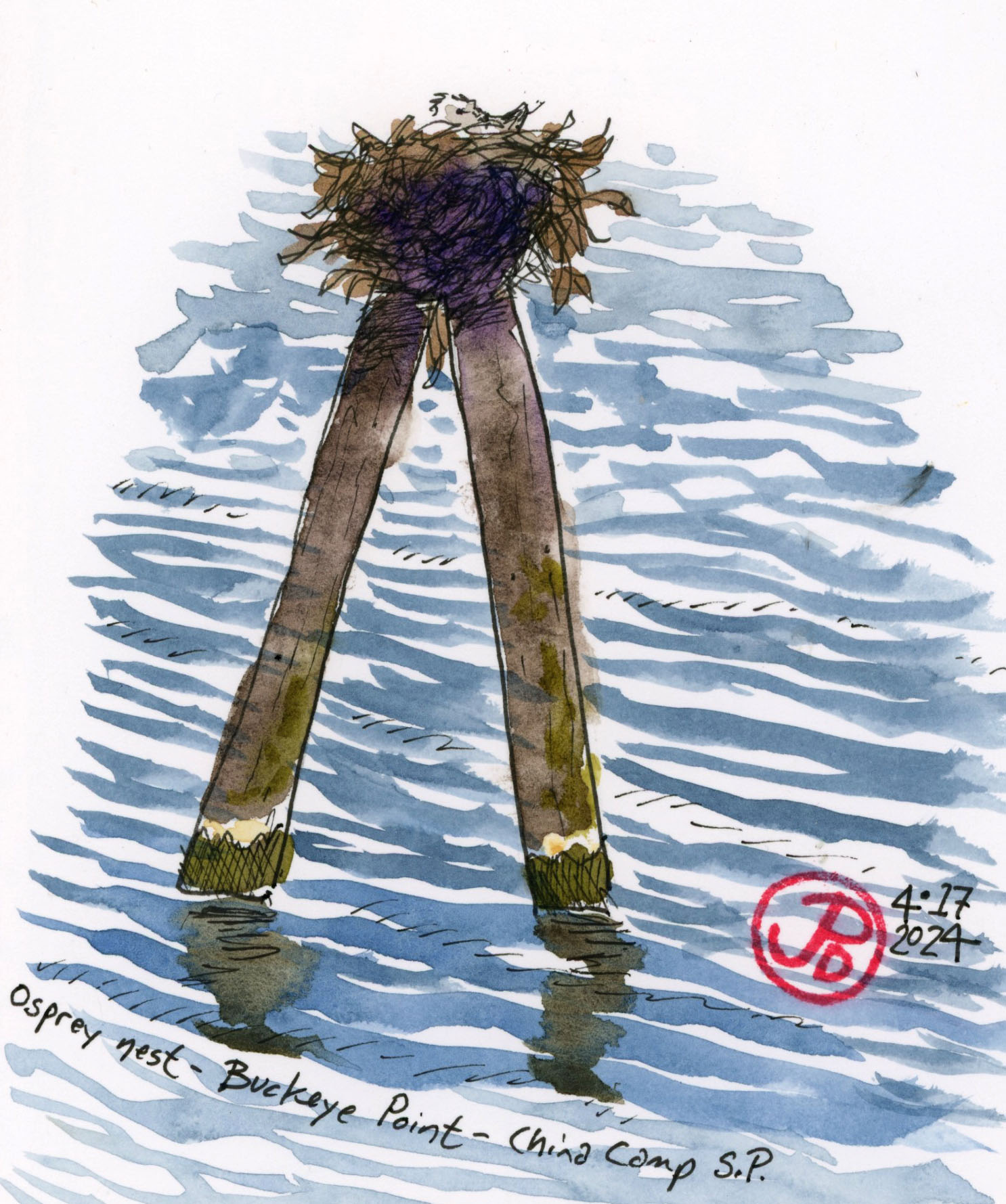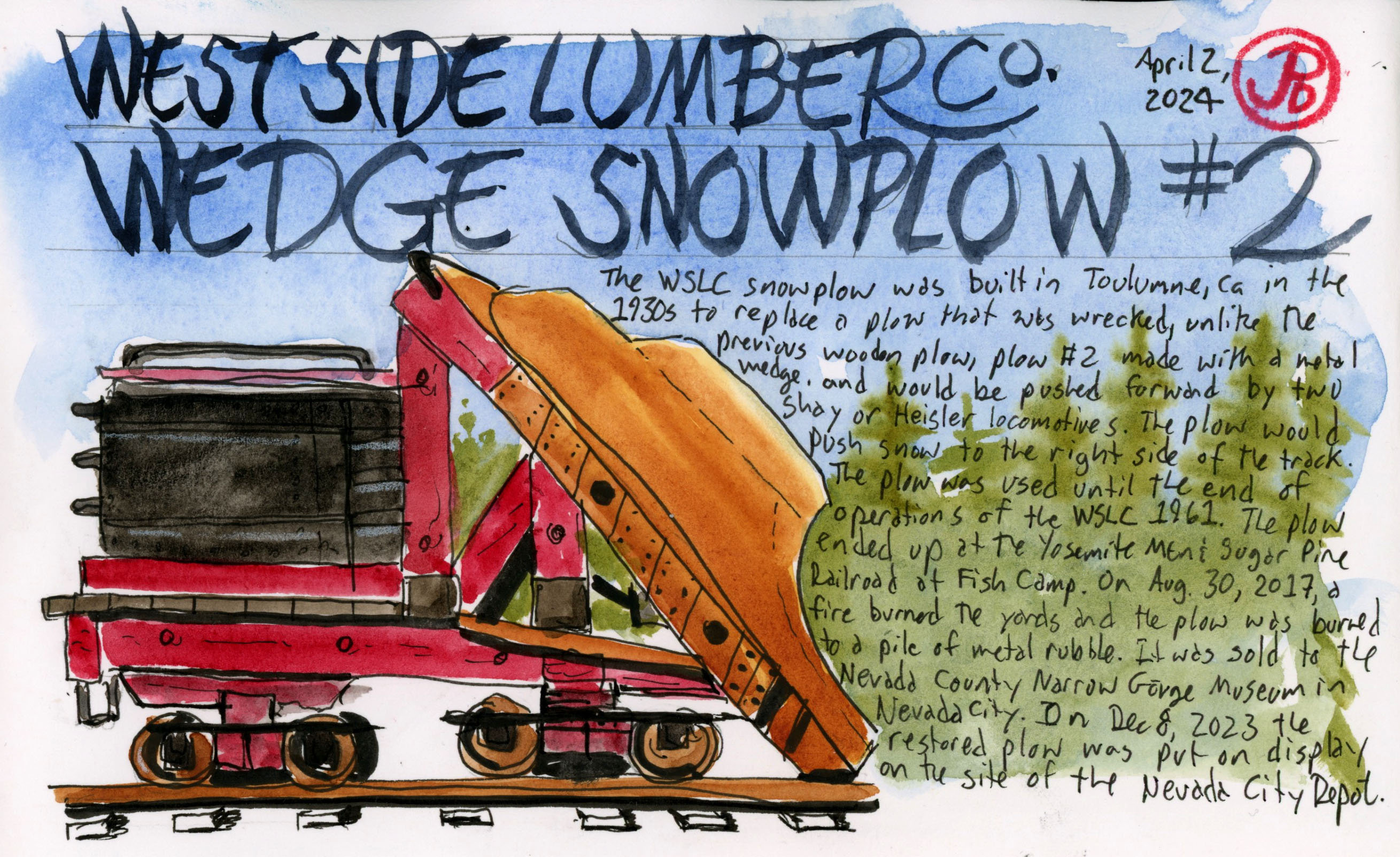For eight years I have been part of my school’s ultimate overnight field trip to Coloma.
Coloma is the epicenter of California’s Gold Rush. It was in the tailrace of Sutter’s Mill, on January 24, 1848, that James Marshall “discovered” gold.
And the world rushed in to California, changing the state, country, and the world forever!
So in early May, two coaches carried 66 fourth graders, 18 parent chaperones, and three teachers on the three hour journey to the Gold Country!
This overnight trip is a lot of work. The paperwork, medical forms, medications, student group spreadsheets, and unexpected last minute changes make this trip a bit stressful.
But once we are on our way and we see our student’s journey from a Greenhorn to becoming a Sourdough miner, in the end I realize that creating one of their best elementary school memories, is really worth the blood, sweat, and fears.

In the Gold County I’m an early riser and one way I get centered and prepare for a day full with students is to do an early morning sketch (featured sketch). A morning meditation.
This time I turned my sketchbook to the northeast toward the tallest peak around: Mount Murphy (elevation 1,932 feet).
I wanted to include the wooden gate that was once the entrance to the ropes course but is now the site of an acorn woodpecker nesting hole.


